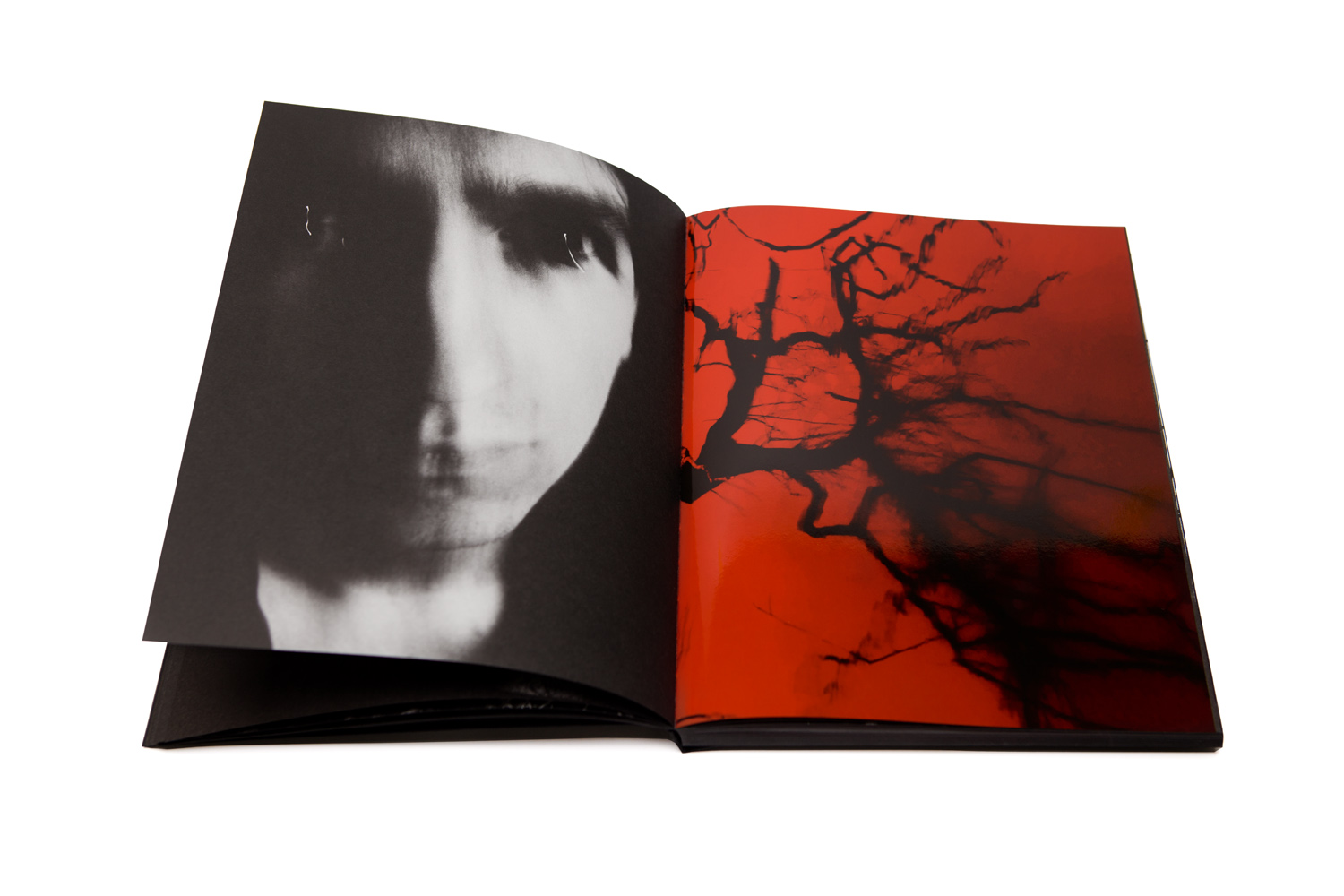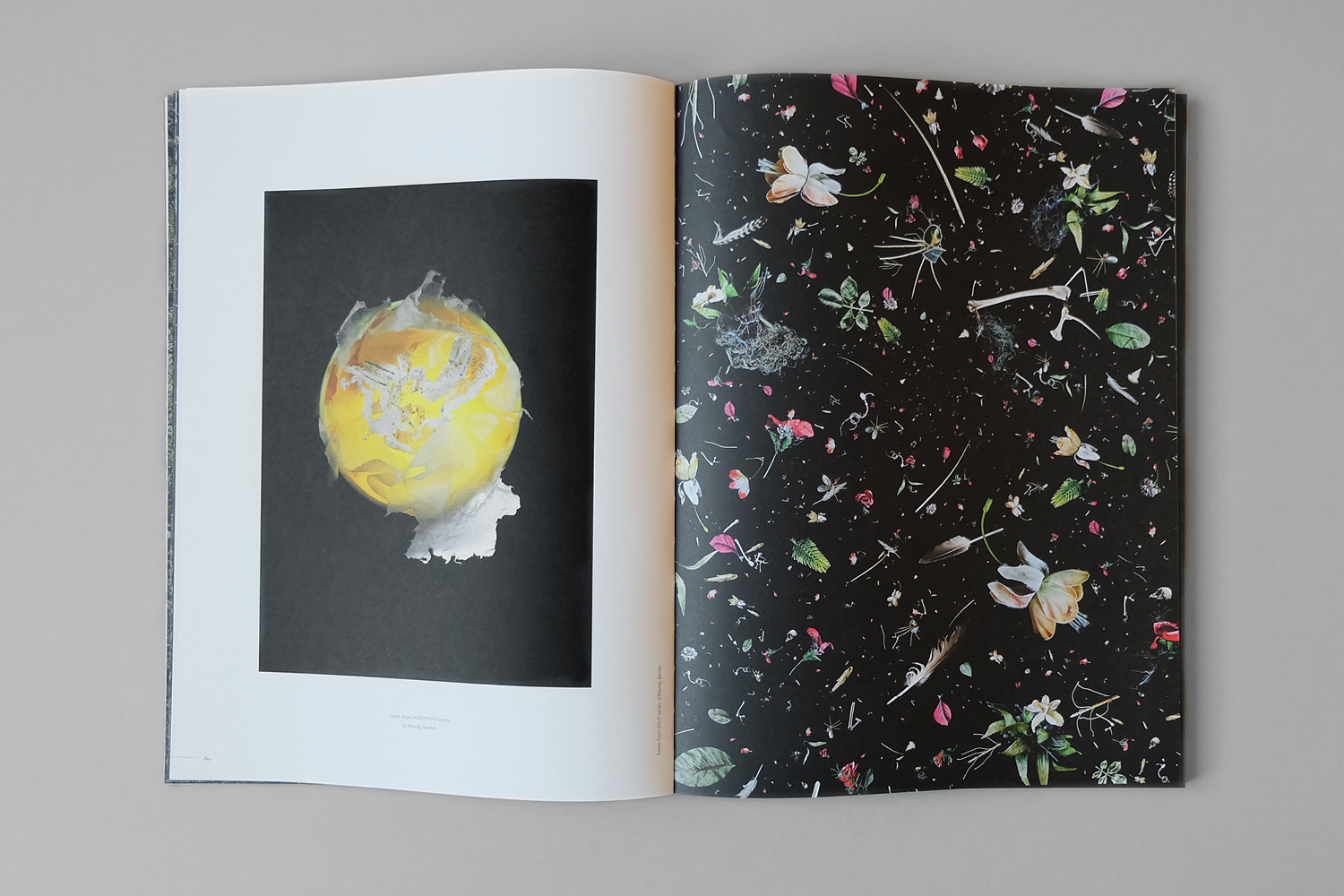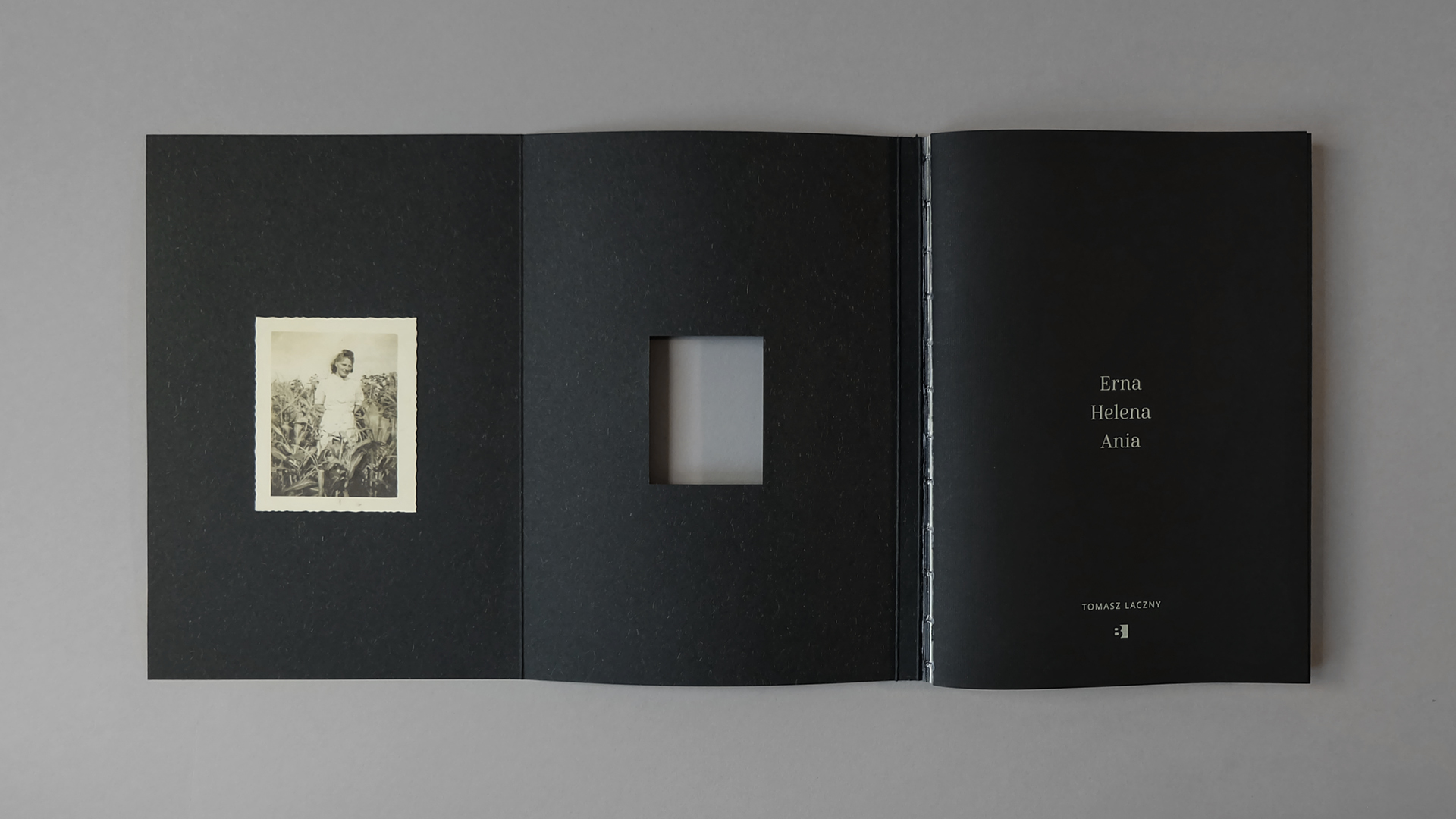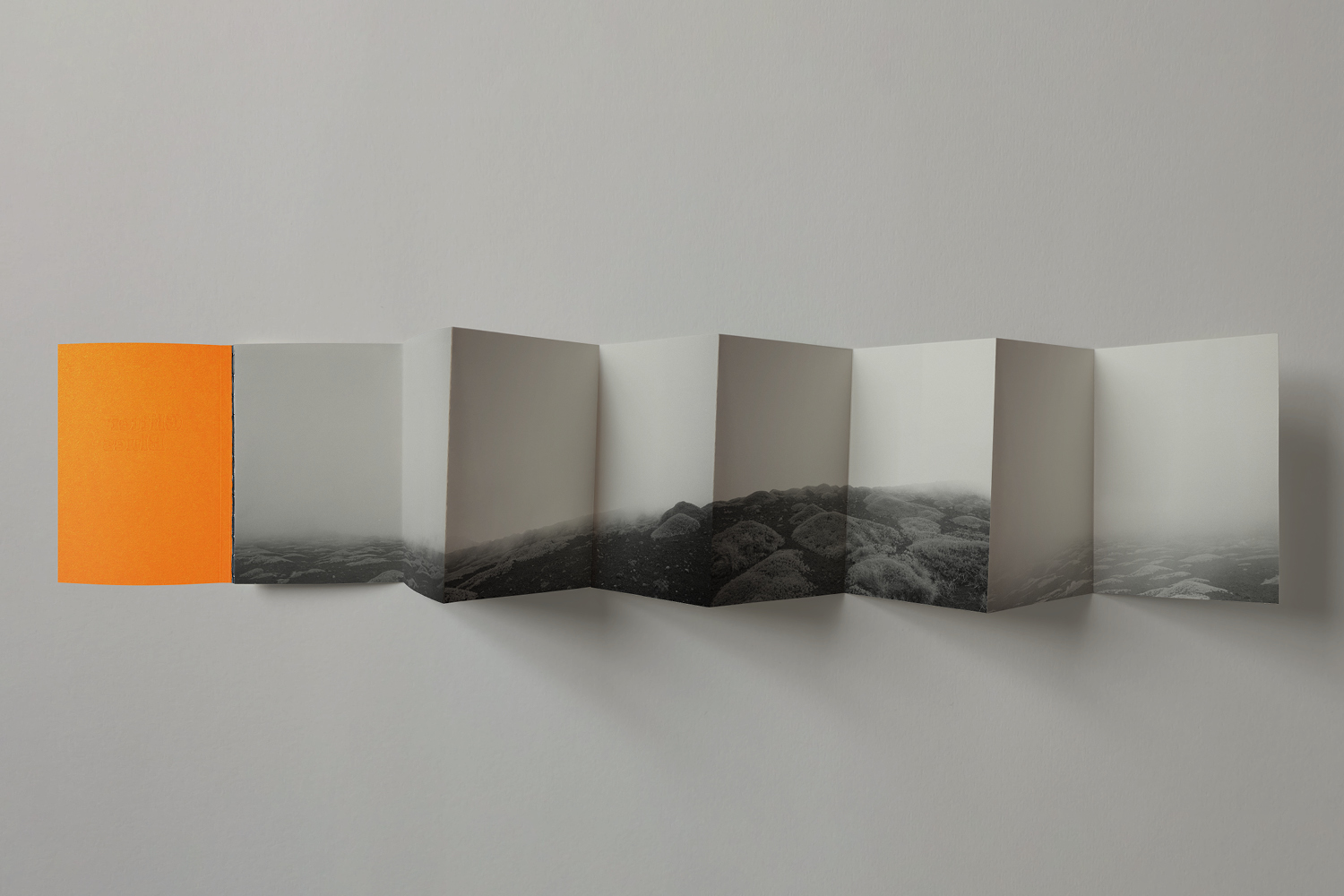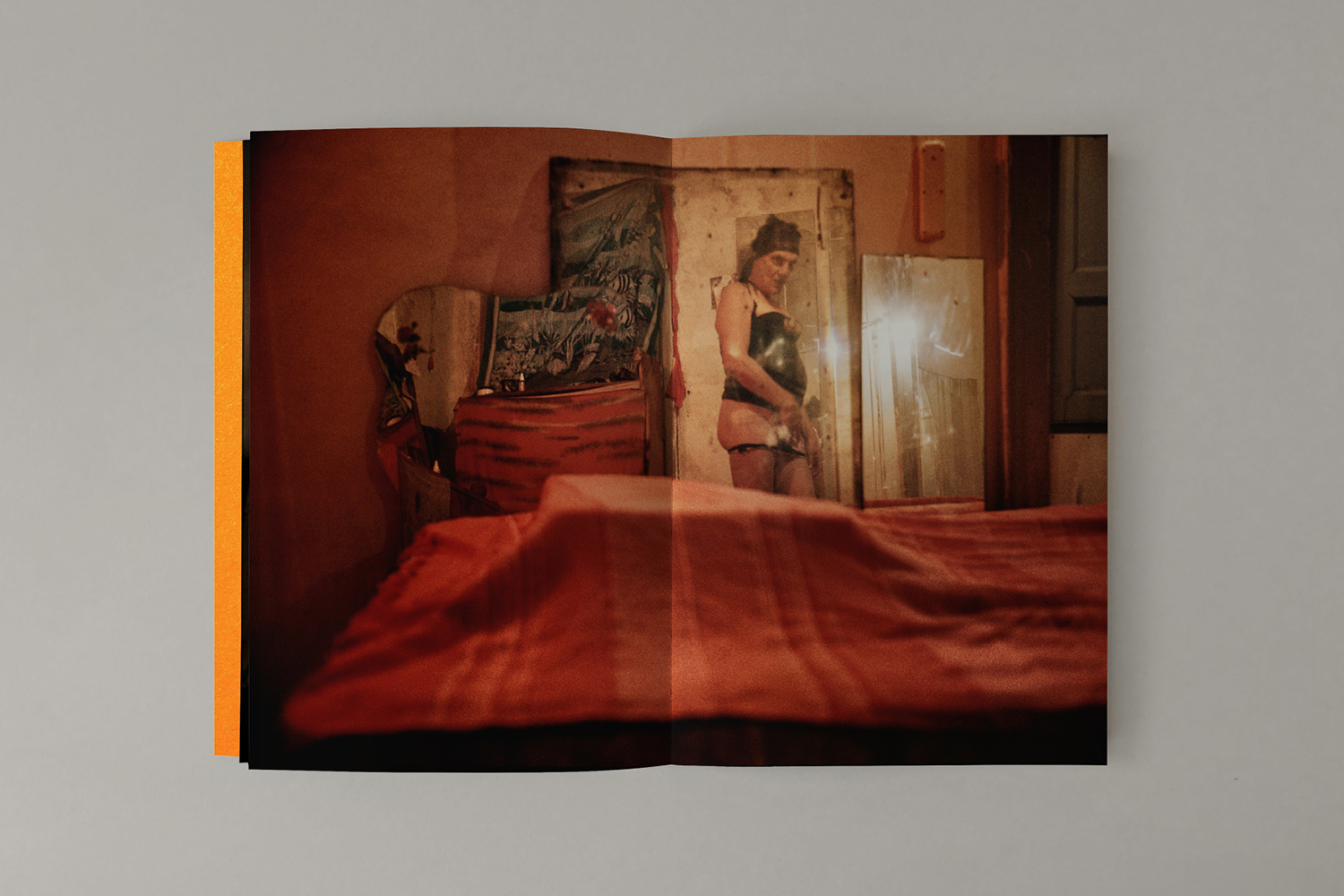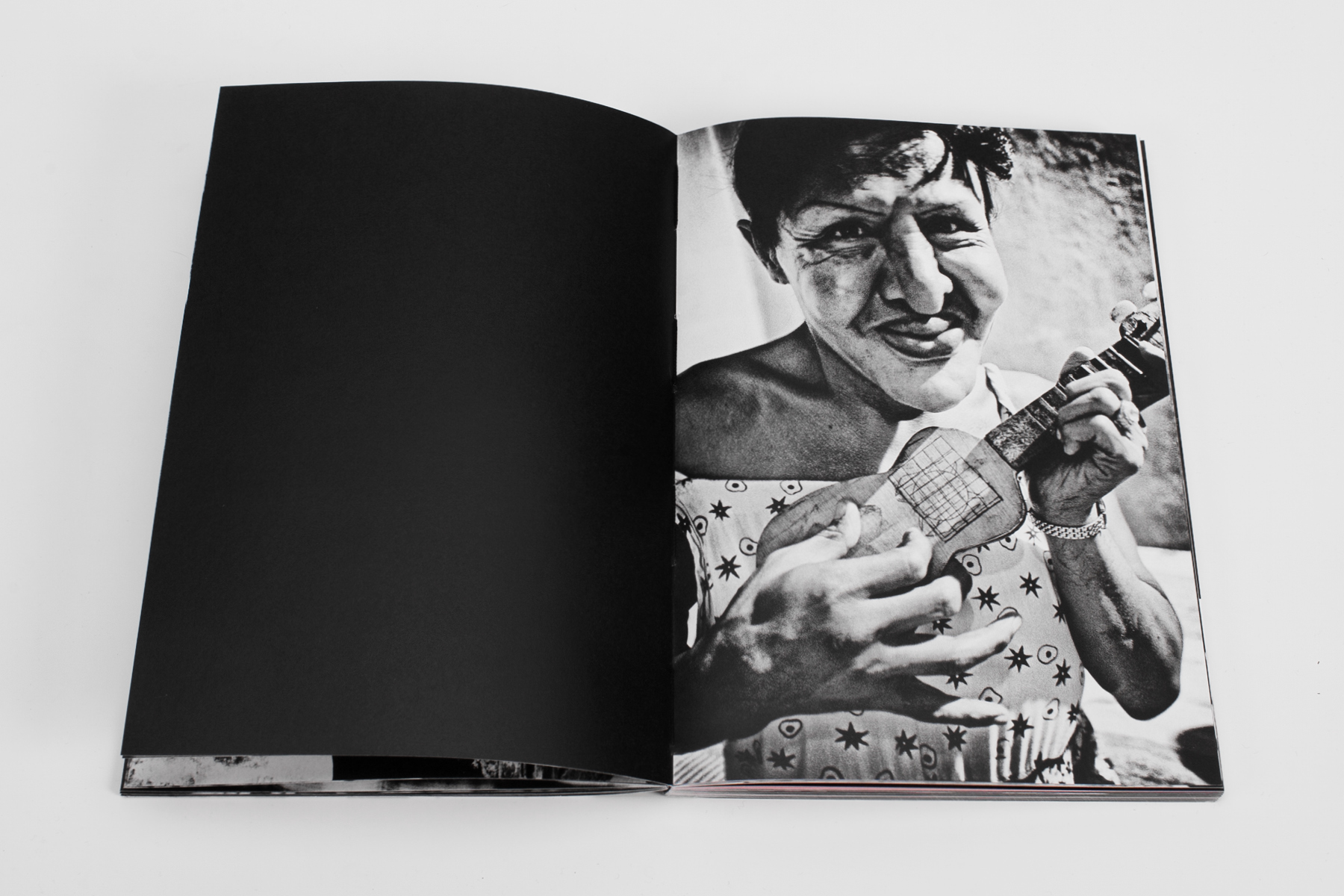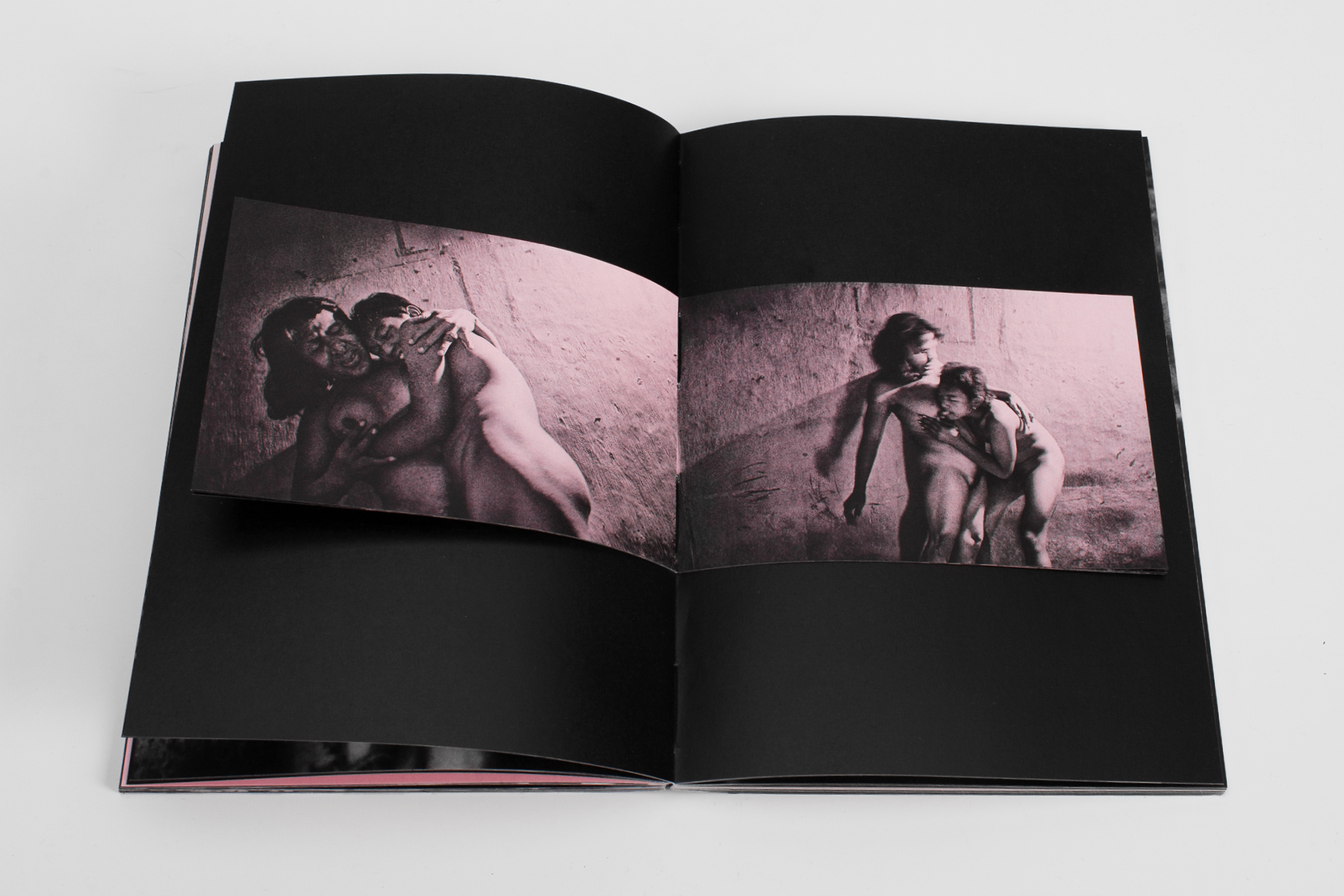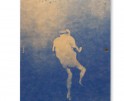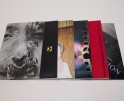Publisher’s Spotlight: Blow-Up Press
This month is all about books on Lenscratch. In order to understand the contemporary photo book landscape, we are interviewing and celebrating significant photography book publishers, large and small, who are elevating photographs on the page through design and unique presentation. We are so grateful for the time and energies these publishers have extended to share their perspectives, missions, and most importantly, their books.
Established in 2012, BLOW UP PRESS (BUP) is a family run publisher of photobooks and lens-based art books. Originally an online publisher, BUP switched to paper in 2016. Since then, it has become a recognizable producer of sophisticated and highly designed books dealing with thought-provoking topics, following the motto “When the story matters.” BUP collaborates with emerging and established photographers from around the world. In addition to books, BUP also publishes doc! photo magazine dedicated to contemporary photography. Since 2020, BUP organizes an annual contest, the BUP Book Award, with a goal to promote photobooks to communicate important themes and subjects.
Photogapher Michael Honegger interviews publisher Grzegorz Kosmala.
Follow Blow Up Press on Instagram: @Blow_up_Press

What is your mission as a publisher?
We want to provide our readers with unique collectible publications or even art objects that help them comprehend our world and their inner reality. Although we do not provide ready solutions, which is neither our obligation nor capacity, we do hope our publications are sources of thoughtful contemplations about humanity.
What was the first book you published and what did you learn from that experience?
Paradoxically it is not an easy question to answer because we had two first books. They are completely different and were published in different phases of our development. The first book was published in 2014, in honor of the second anniversary of our magazine. It was a group publication highlighting our contest for emerging photographers. Due to time constraints and complications relating to covering five years of competitions, it was simply too much for our two person staff to handle. So, in 2017 we published our second first book, 9 Gates of No Return by Agata Grzybowska, which was already a story-focused monograph. It is the book we now consider our first effort. It was a best seller in Poland: we sold its Polish edition within a month! We were lucky to be supported by some Polish media and Agata’s stature as a well- known photojournalist (although the book had nothing in common with typical photojournalism). We also learned the importance of book layout for the success of a book…that it must support the book content and highlight its attributes. It was also the book which convinced us to participate in photobook festivals, competitions and fairs.
What is the focus of your selections?
We have a motto that we are trying to follow in all our publications, whether a magazine or a book. The motto is: “When the story matters.” Thus, if we were to choose between two projects, one of which contains breathtaking landscapes or extremely attractive photos of models making the book a surefire publishing success, and the other is built on dirty and blurry photos dealing with a difficult existential or social issue that no one would talk about in public, we will definitely choose the latter option. Once at a photobook festival in Spain we welcomed a lady approaching our table saying: “Welcome to the most depressing table at the festival. Only loneliness, melancholy, alcoholism or death is present here.” We like serious stuff representing the world and our lives as they are and not as one dreams.
What are the difficulties that you encounter as a publisher?
You mean other than global COVID-19 pandemic infringing almost everything, right? I think the biggest difficulties come from our size. We are small publisher, run by two crazy enthusiasts of photography who give more importance to artistic values of their books than profits. So our production abilities are quite limited. And we never do crowdfunding for our publishing projects because we don’t want to make the publication of a given book dependent on how it looks on a website of one or another service. If we believe in the project, we will publish it. Sometimes it means we need more time but eventually it will undoubtedly happen. We risk a lot but proceed anyway.
How can an artist get their work in front of you? Any advice for photographers?
Well, there are some good ways to accomplish this and one very bad method that we do not recommend. The good ways are to send us files with a very detailed project description as a spontaneous submission or to submit the project within our annual contest BUP Book Award (the next edition will open in early January, 2022). It is also worthwhile to check our previous publications before submitting a project to check if one’s proposal fits our publishing profile, not only from the photographic perspective but also thematically. As we said, the clue is the story. Always. Finally, as Aneta designs our books from scratch, the worst thing the photographer can do is to send us a book dummy.
How do the economics work between the publisher and artist? Does the artist normally contribute financially to the process? If so, to what extent?
It depends. We have books that are fully financed by us as well as books that are backed by photographers. Their contributions vary between 50 to 100 percent, however we have decided we are not interested in the latter involvement anymore. We need to feel the book is our common baby and simultaneously we do not want to be perceived as a publisher for hire. On the other hand, the artist’s financial contribution is always reflected in the contract and in the amount of royalties paid by us. Of course, this only applies to planned publications. With the BUP Book Award we have another rule saying that the winner gets predetermined percentage of sales.
Is the book design process collaborative?
Again, there is no strict rule. Sometimes it is collaborative and sometimes we ask photographers to step aside. It depends upon the extent to which they are linked with their projects emotionally. Excessive emotional involvement may be untenable and may destroy the work. Besides, if an artist decides to submit a project, we believe they already know what we are about and how we operate. If they choose us as a publisher for their projects, they really need to trust us.
What have you published that has been particularly meaningful?
I hope all our books are meaningful. But if I had to choose one particular book, I think I would select Erna Helena Ania by Tomasz Laczny. I am still impressed by this story of a mother’s love for her daughter, a saga encompassing the end of World War II and its aftermath in Poland, which was a family secret for a long time. I am impressed by the range of media Tomasz uses to tell this story of his grandmother, utilizing graphics, drawings and comics, then employing archival documents and diverse photographs from polaroids to cyanotypes. I am also very impressed by Aneta’s effort and talent to make this book truly unique. The book is meaningful in many respects. First, the story,which on the one hand is personal, but on the other, universal, as it could take place anywhere in the world as the result of any war. Secondly, it is a benchmark for how to approach such delicate stories and how to use and mix a variety of different media within one project.
How many titles do you normally publish in a year and what new editions are on the horizon?
Although we have never achieved this, we believe we could produce up to five books per year. Making a book is a long process and sometimes you can’t foresee how long it will take. We are happy we can adapt to the situation and that our authors prefer to wait a bit longer for the book than to push us to produce something we won’t be satisfied with. As to the second part of your question, we currently have a quite strange situation resulting from the COVID-19 pandemic. As we didn’t publish any book last year and only one issue of our magazine, we have a backlog of books planned for 2021 that should have been released last year as well as those planned originally for 2021. So we are currently launching or will launch very soon four different books, including Glitter Blues by Lorenzo Castore, which is our second joint publication. Then we have object amnesic: a compost manifesto by Swedish artists Henrik Strömberg and Jens Soneryd, who won the first edition of our BUP Book Award; Big Fence / Pitcairn Island by Rhiannon Adam from the UK, the project that won the 2020 Meitar Award for Excellence in Photography at the PHOTO IS:RAEL’s International Photography Festival; and finally, we have Garden by Polish artistic duo Marta Zgierska and Mateusz Sarełło. They all should be released very, very soon. And just after releasing them, we will start working on another issue of doc! photo magazine and then on next five books. We are completely booked with new publishing projects until the spring of 2023.
What specific support do you give artists? Do you have distribution, and do you attend book fairs?
Well, we do everything that is included from receiving the files from the artist to paying the royalties. We make the edits, we set the narration, we design the book, we prepare the files for print, we organize production, and we then sell the books to bookstores. We request reviews, we promote the book sending it to contests and we travel with it to different festivals and book fairs. We do not have distributors yet. They are somehow afraid of our books.
BLOW UP PRESS (BUP) is run by a family of two enthusiasts of photography: Aneta Kowalczyk and Grzegorz Kosmala. They live in Warsaw, Poland, together with two cats: Antonina and Teodor. Graduates of the Nowy Sącz School of Business – National Louis University, where they studied Business and Marketing and Finance (for Aneta) and Media Management and International Relations & Diplomacy (for Grzegorz). Without any previous links to the world of photography, they established BLOW UP PRESS to follow their dreams of being independent. Within the BUP, Aneta is responsible for all visual matters (including designing their publications), while Grzegorz does the rest. Their publications have been recognized internationally and awarded with several prizes, including Maribor Photobook Awards (2020), Tokyo International Foto Awards (2018, 2019), Moscow International Foto Awards (2018, 2019, 2020), PX3 Prix de la Photographie Paris (2019), International Photography Awards (2018, 2019, 2020, 2021), Grand Press Photo (2018, 2019), Polish Graphic Design Awards (2019), and shortlisted for PHotoESPAÑA (2018, 2019, 2020), Prix Bob Calle du livre d’artiste (2019), amongst others. Aneta has been also recognised as one of three Magazine Visual Editors of the Year in the 2018 Pictures of the Year International (POY75) contest. They are both lovers of cats, Italian food and good wine.
Posts on Lenscratch may not be reproduced without the permission of the Lenscratch staff and the photographer.
Recommended
-
Publisher’s Spotlight: Smog PressJanuary 3rd, 2024
-
Publisher’s Spotlight: Kult BooksNovember 10th, 2023
-
Publisher’s Spotlight: ‘cademy BooksJune 25th, 2023
-
Publisher’s Spotlight: Brown Owl PressDecember 10th, 2022
-
Publisher’s Spotlight: DOOKSSeptember 26th, 2022


